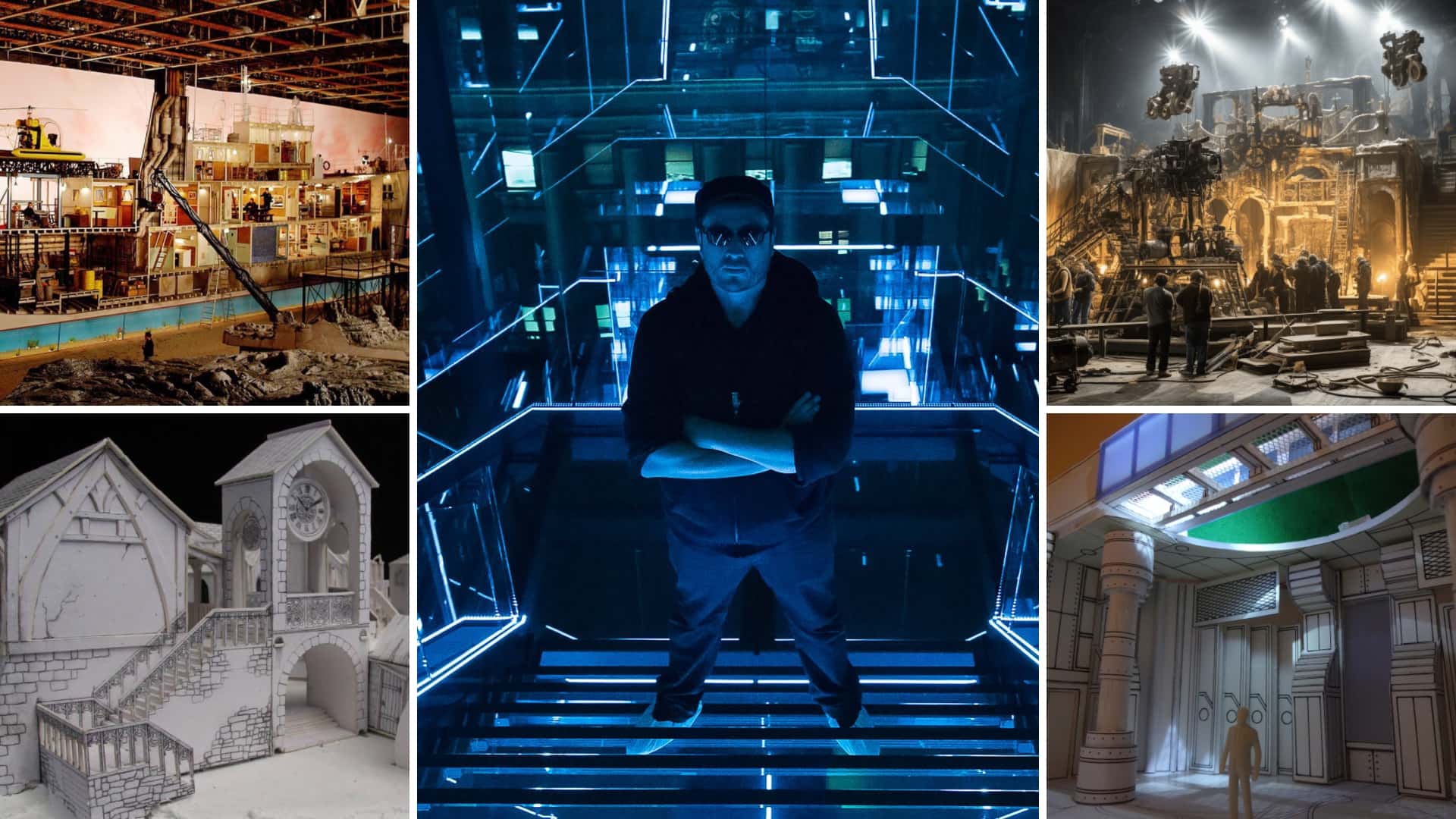Set design is a pivotal yet often overlooked element in the magic of filmmaking. It breathes life into a director’s vision, creating tangible worlds from mere imagination. This article will delve into the art and science of set design in film, revealing its process, significance, and future trends. Let’s journey behind the scenes to explore this fascinating aspect of cinema.
What is Set Design in Film Production?
First, let’s define set design
Now that we've introduced the topic, let's delve deeper into what set design in film actually entails and why it's such a crucial part of the filmmaking process.
SET DESIGN DEFINITION
What is set design in film?
Set design, also known as scenic design, is a specialized field in film production that focuses on creating the physical environment in which a movie unfolds. It involves designing, planning, and constructing the visual and tactile spaces where characters interact and events transpire. In a film production, the set design is typically led by the Production Designer who collaborates closely with the Director to bring the visual aspects of the script to life.
What is Set Design Used For?
- Establishes the film's visual aesthetic and mood
- Creates believable environments for characters to interact in
- Helps convey character traits and story themes
- Enhances the overall storytelling experience
Set design is integral to the overall look and feel of a film. It helps to establish the time period, geographical location, socio-economic status of characters, and even their personalities and emotions. It contributes to the mood and atmosphere of scenes, influencing the audience's emotional response and understanding of the story.
Moreover, set design often works in tandem with other elements of film production such as lighting, costume, and sound design, forming a cohesive visual language that aids in conveying the filmmaker's vision to the audience.
For a quick hit of inspiration, check out this mood board we created in StudioBinder that showcases some of the most iconic film sets.
In essence, set design in film is the art and craft of creating believable and engaging environments that serve the narrative, enrich character development, and enhance the visual storytelling experience.
Film Set Design Origins and Evolution
History of Set Design
Set design's roots trace back to theater, but its transition into film during the silent era marked a significant evolution. Early films like The Cabinet of Dr. Caligari (1920) demonstrated the power of set design in enhancing narrative and mood.
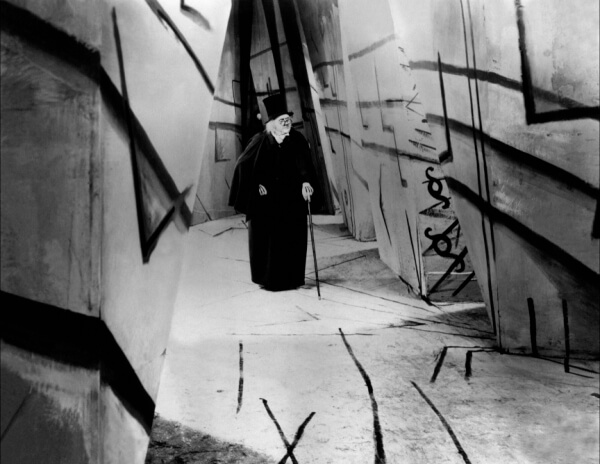
The Cabinet of Dr. Caligari • Film set design
The Golden Age of Hollywood (1930s-1950s) saw set design flourish. Technicolor introduced vibrant color schemes, transforming films like Gone with the Wind (1939). Iconic designers such as Cedric Gibbons and William Cameron Menzies left an indelible mark, influencing the visual aesthetics of numerous legendary films.
The modern era brought further changes. From the 1960s onwards, a move towards realism saw sets reflecting socio-political contexts, as seen in The Graduate (1967). Technological advancements, particularly CGI, revolutionized set design, allowing for creations previously unimaginable, such as the fantastical worlds in Avatar (2009).
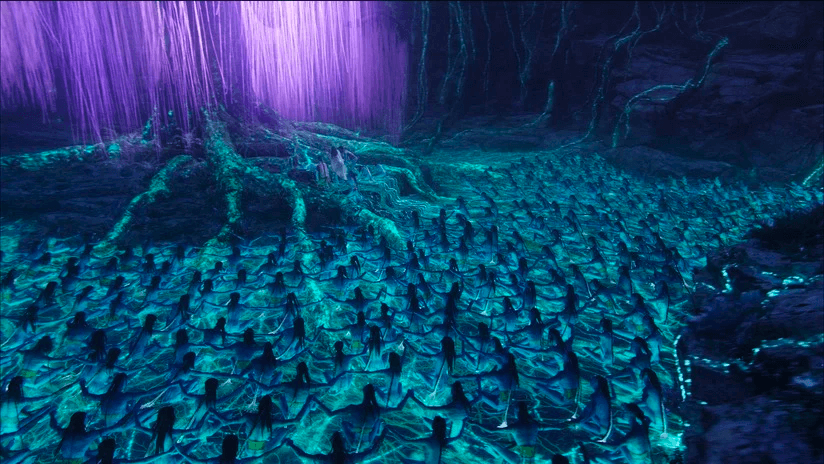
Avatar (2009) • Digital movie set design
Today, set design continues to evolve, combining traditional craftsmanship with cutting-edge technology. Its importance in film production remains paramount, creating immersive worlds that captivate audiences worldwide.
What is Set Design in Film?
The Process of Set Design
The process of set design is a complex, multi-faceted one that requires creativity, technical knowledge, and collaboration. Here are the key stages:
Conceptualization
This is the initial stage where ideas are born. The production designer reads the script to understand the story, characters, and settings. They then brainstorm ideas and create rough sketches or mood boards.
The conceptualization for Gone with the Wind sets involved creating iconic, detailed representations of the Southern plantation life, such as Tara and Twelve Oaks, under the direction of production designer William Cameron Menzies, which helped depict the Civil War through the Reconstruction Era.
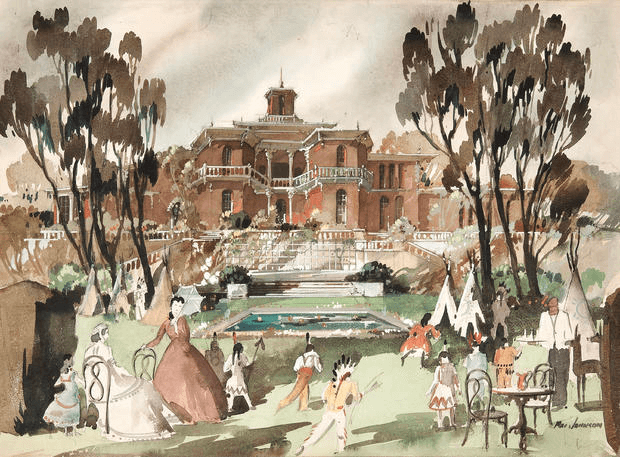
Set design examples and concept art created by Mac Johnson.
Design Development
In this phase, the rough ideas are developed into detailed plans. This might involve creating more precise drawings, 3D models, or even digital renderings. For example, in Inception production designer Guy Hendrix Dyas and his team used both traditional and digital techniques to design the film's mind-bending dreamscapes.How Hollywood Creates Immersive Worlds • Set design examples
Pre-production Meetings
The production designer presents their designs to the director and other key film crew members. They discuss the feasibility of the designs, make necessary changes, and finalize the look of each set. In Mad Max: Fury Road, production designer Colin Gibson had to work closely with director George Miller to ensure the dystopian sets fit the narrative.
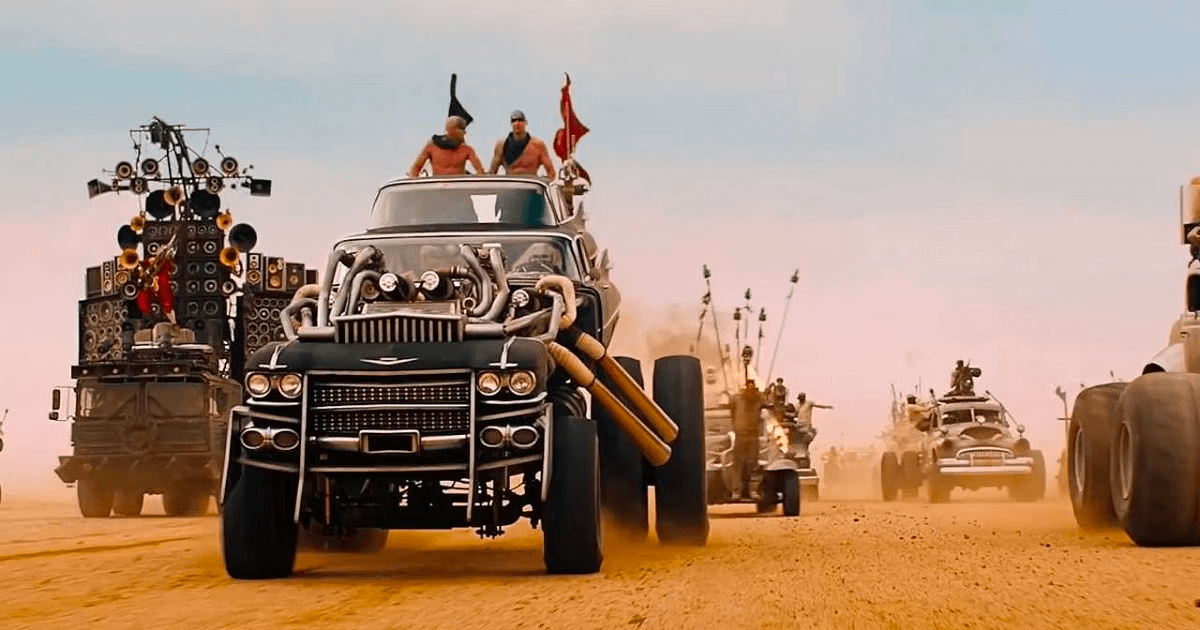
Mad Max: Fury Road • Set design examples
Construction
Once the designs are approved, they move into the construction phase. This involves carpentry, painting, decorating, and sometimes even location scouting for exteriors.
The construction of the Grand Budapest Hotel set was a meticulous process led by production designer Adam Stockhausen, who transformed a vacant warehouse in Germany into the fictional hotel, incorporating intricate stairways, elevators, and atriums of a 1913 Jugendstil building, while also using miniature models to represent the hotel exteriors.
THE GRAND BUDAPEST HOTEL Featurette: "Creating a Hotel"
Dressing the Set
The final step is dressing the set, which involves placing furniture, props, and other details that make the environment feel lived-in and real. For American Beauty, production designer Naomi Shohan used specific colors and objects to reflect the characters' emotional states.
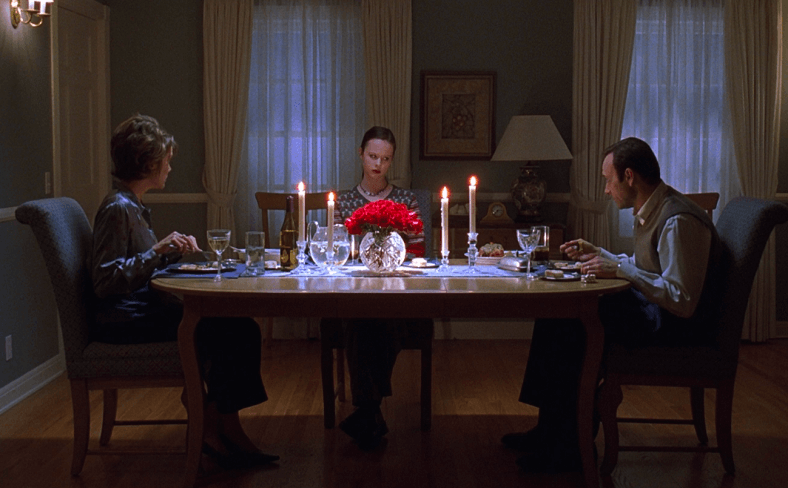
American Beauty • Set design examples
Throughout all these stages, the production designer collaborates closely with the director, cinematographer, location scout, producer and others to ensure the set complements the film's visual style, narrative, and character development. The process of set design is a testament to the collaborative nature of filmmaking, and its importance cannot be overstated.
Related Posts
What is Set Design Used For?
Importance of Set Design in Storytelling
Set design is a crucial component in filmmaking that significantly contributes to the narrative and mood, providing visual context and enhancing audience engagement. The importance of set design ties into the impact of production design as a whole on storytelling. In this video analysis, we breakdown how productions design is vital to telling immersive stories in cinema.
Production Design Filmmaking Techniques for Directors • Subscribe on YouTube
Enhancing Narrative
In The Shining the Overlook Hotel's eerie design builds tension and foreshadows the main character's descent into madness. Effective set design is essential here because it provides subtle visual cues that can intensify the unfolding drama.
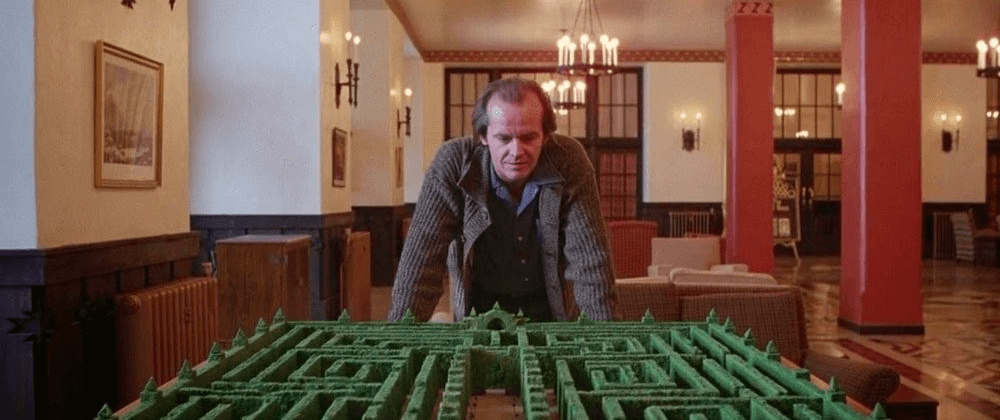
The Shining • Set design examples
Reflecting Mood
Blade Runner 2049 uses its dystopian fiction cityscape to mirror its themes of dehumanization and moral ambiguity. The importance of set design lies in its ability to create an atmosphere that complements the film's mood, making the narrative more immersive and emotionally resonant.
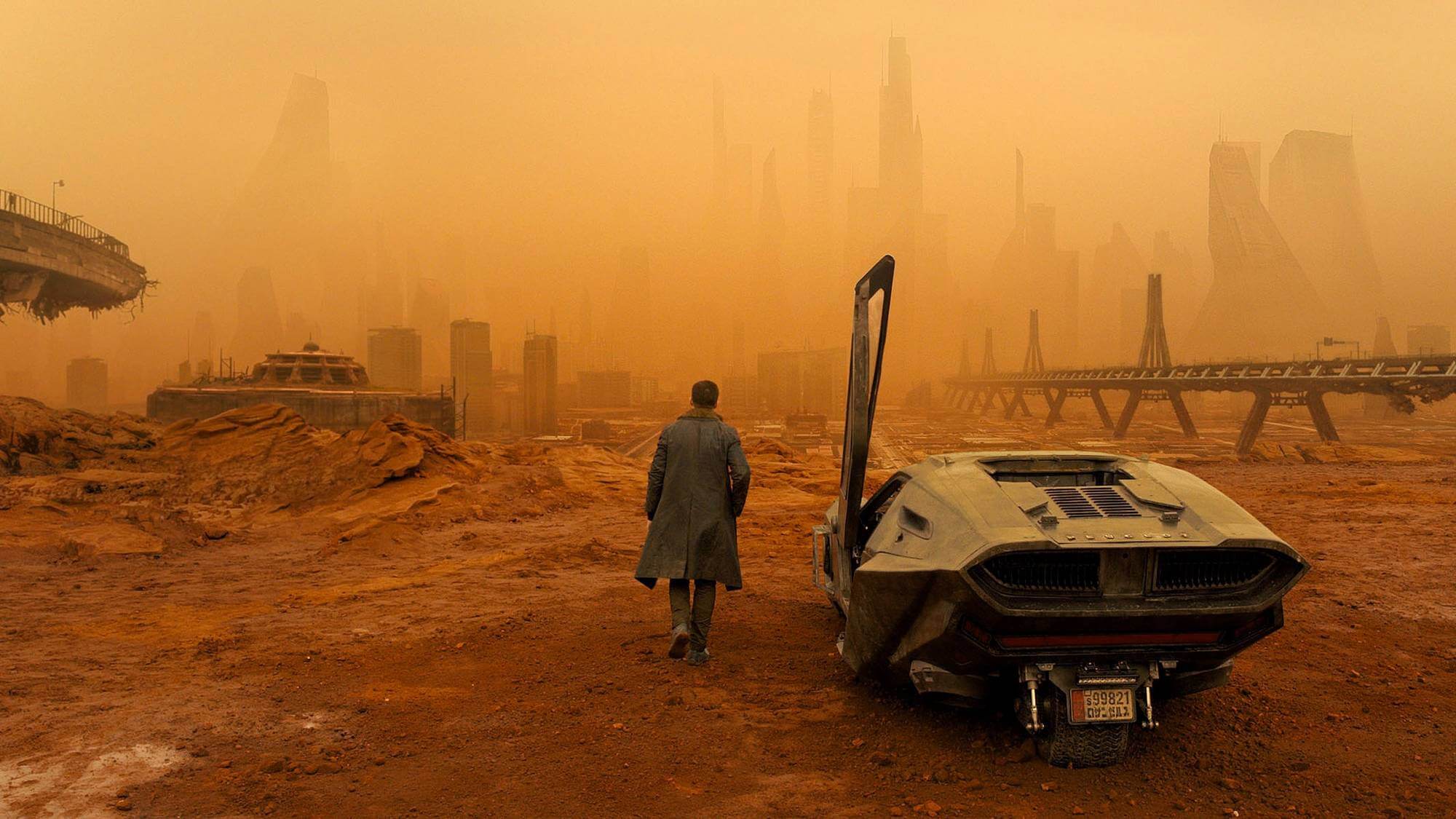
Blade Runner 2049 • Scenery design
Characterizing Environment
The vibrant sets in Amélie reflect the film's tone and the protagonist's personality. Set design is key in this aspect as it can transform the environment into a character itself, adding depth to the story and enriching the viewer's experience.
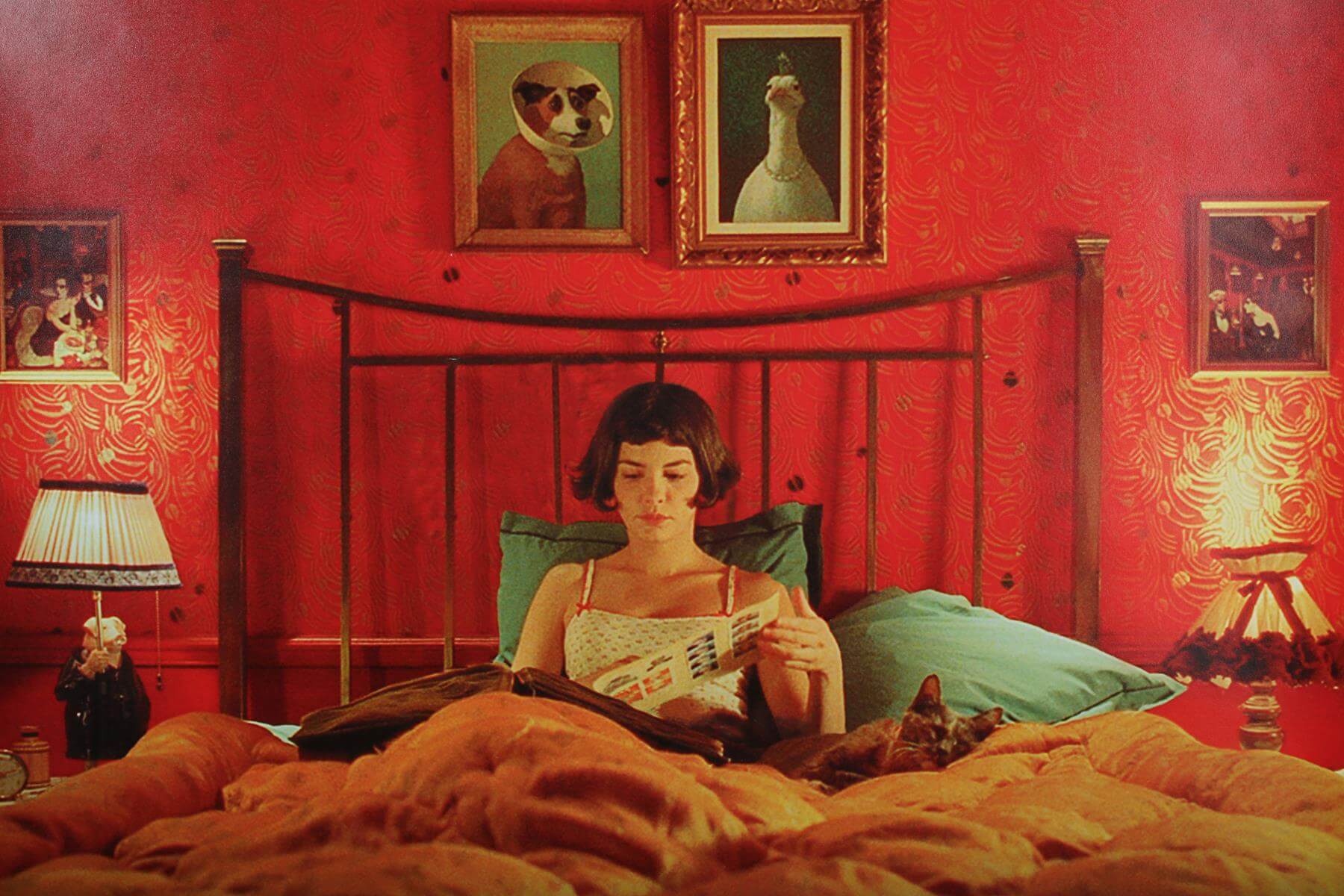
Amélie • Movie set design
Set design is more than just a backdrop—it's a crucial element in storytelling. It shapes the environment where the story takes place, reinforcing film themes and emotional tones while deepening character understanding. Furthermore, innovative set design amplifies the plot's impact, creating a visually engaging, immersive narrative that contributes significantly to a film's success.
With the importance of set design firmly established, let's now turn our attention to what lies ahead and explore the exciting future of set design in the film industry.
What is Set Design Evolving Into?
The Future of Set Design
The future of set design is being shaped by technological advancements that are revolutionizing how filmmakers approach this aspect of storytelling. As we look forward, it's clear that technology will continue to play a significant role in shaping the aesthetics, practicalities, and creative possibilities of set design.
One key development is the use of virtual reality (VR) and augmented reality (AR) in pre-visualization. These technologies allow designers to create and modify sets in a digital space before physical construction begins, saving time, reducing costs, and offering unparalleled flexibility in realizing creative visions. Here is a video of this in use for creating John Wick: Chapter 3.
Movie set design in VR • John Wick: Chapter 3
Another game-changer is the emergence of LED walls for real-time rendering of backgrounds in virtual production. As seen in productions like The Mandalorian, these walls enable filmmakers to create realistic, dynamic environments that respond to camera movements and lighting changes, blurring the line between practical and digital sets.
The Virtual Production of The Mandalorian Season One
In terms of future trends, we can expect further integration of digital technologies into set design. The use of AI and machine learning could automate certain aspects of design, while advancements in holography might enable the creation of interactive, three-dimensional sets. Sustainability is also likely to become a priority, with eco-friendly materials and practices becoming more prevalent in set construction.
The future of set design promises exciting developments and innovations. As technology continues to evolve, so too will the ways in which filmmakers create immersive, engaging worlds for their narratives to unfold.
Up Next
What Does a Production Designer Do?
Having explored the role and fucntion of set design, let's now delve into the specifics of one critical role in this field - what exactly does a production designer do in the realm of filmmaking?
Up Next: What Does a Production Designer Do? →
Showcase your vision with elegant shot lists and storyboards.
Create robust and customizable shot lists. Upload images to make storyboards and slideshows.
